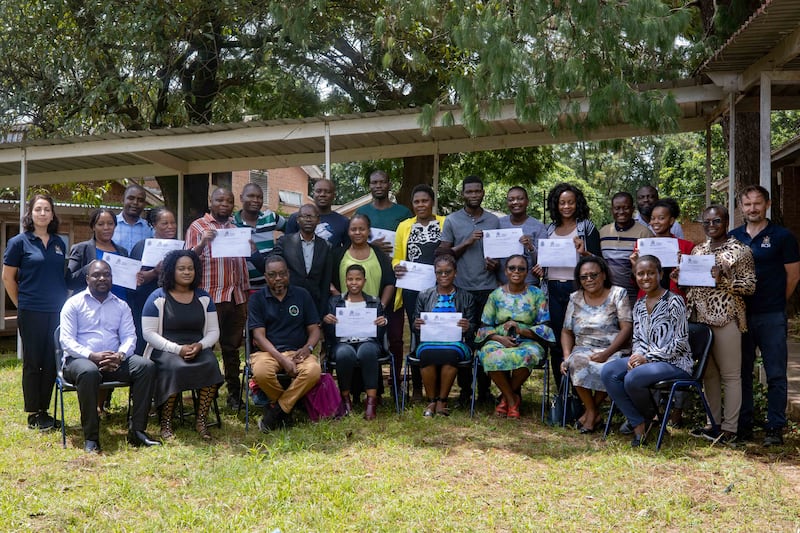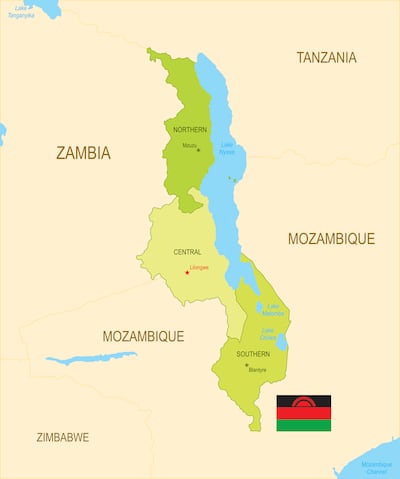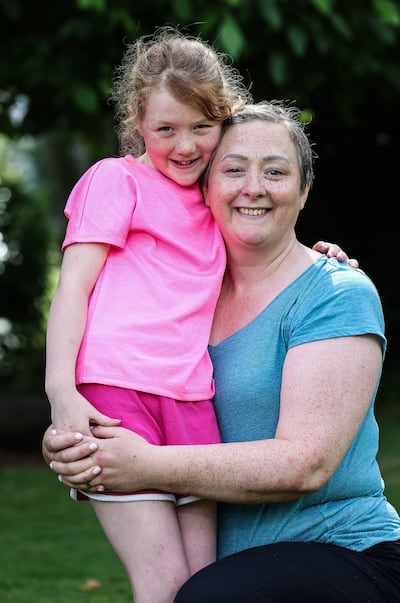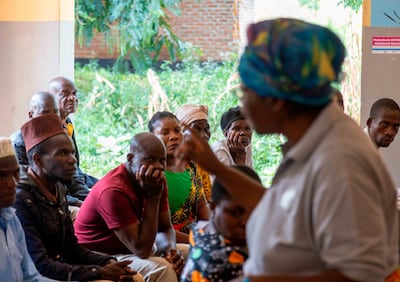Before major advancements in modern medicine in recent decades, the word “cancer” was generally perceived as being synonymous with a radically reduced lifespan, and often death.
Breast cancer in particular, which according to Breast Cancer Ireland has about 3,700 diagnosed cases and 690 deaths annually, is the most commonly diagnosed cancer among Irish women.
In the “western world”, breast cancer has one of the highest rates of avoidable mortality. However, in sub-Saharan Africa – and, perhaps, particularly Malawi – the disease has significantly low survival rates, with only 9.5 per cent of patients surviving beyond 18 months from the time of diagnosis.
This discrepancy was the incentive for Akazi, a project designed by RCSI’s (Royal College of Surgeons in Ireland) Institute of Global Surgery – funded by the Irish Research Council and the Department of Foreign Affairs under the COALESCE programme – to improve survival rates for women in Malawi diagnosed with breast cancer. It also serves as a blueprint for controlling the disease by being the first National Breast Cancer Programme (NBCP) for the country.
READ MORE
“I am very proud of what the Akazi team has accomplished,” says principal investigator for RCSI, Dr Jakub Gajewski, about the project which came to an end in January. “Our work has brought breast cancer up on the national policy agenda in Malawi and has impacted the most neglected communities, bringing new hope to the many women affected by this condition.”

One of these hopeful women include Malawian healthcare worker Maureen Mtanthiko. She was 46 when she was first diagnosed with the disease. “I felt a painless, small, hard swelling in my left breast and the skin surrounding the swelling felt very loose,” she says. “And, after receiving the news [of confirmed breast cancer], I did not believe the doctors.”
The now 53-year-old Malawian native says she struggled to come to terms with her diagnosis, particularly because there is no known history of the cancer in her family. “Doctors, nurses, family and friends supported me so much and convinced me the results are mine and are correct. They said I should trust the hospital and its staff plus the treatment I am going to receive later.”

She says the “cancer treatment plan was not easy” due to the lack of resources and shortage of drugs, and she underwent a mastectomy as part of her overall treatment. In addition to living with a constant fear of dying, she says the surgery deeply affected her womanhood. “I felt I am not a full woman,” she says, “because I can’t face the society with one breast.”
Another woman with a shared experience of living with this debilitating disease, but divided by ocean waters, is Laois-based 46-year-old Avril Tierney. She is living with stage four triple negative breast cancer.
HER2-positive and oestrogen receptor positive (ER+) are the other two main types of breast cancers, according to Prof Leonie Young, scientific director of the Beaumont RCSI Cancer Centre. “The third group is an umbrella term for nearly everybody else,” says the scientist. “They are called triple negatives and have many subgroups. Sometimes, they respond really well to traditional chemotherapy, but they are definitely the most tricky group to treat.
“If you have ER+ disease, you can do super well and life expectancy would nearly be similar to normal life expectancy. And then survival rates at five years, again, very high for HER2-positive and indeed for triple negative if it is got.
“The problem is if it does recur – and it does recur in about 40 per cent of patients – the landscape looks very different then. It also depends on where it can go, so if it goes to the brain, life expectancy is probably 12 months or so. But if it goes to extra cranial tissue like liver and lung, it can be quite successful.”

Such is the case for Tierney, who received her primary diagnosis for breast cancer in 2019 after discovering a hard lump on the side of her right breast. She started treatment within six weeks of being diagnosed, which included chemotherapy and a lumpectomy to remove the lump and radiation for lingering tissue. “I was then put on oral chemo for another six months,” she says, “and then I had a scan and it was all meant to be great, but it wasn’t. They found nodules in my lung in 2020; it had spread up to the upper part of my lung.

“But at that point they considered it still kind of treatable, so they removed the top part of my lung and I went on another six months of chemo. Then again, it was meant to be, ‘this is going to be it, you’re just going to be leaving here and live your life’, but I went back for another scan and they discovered two more tumours in my lung. It had moved down to the mid-part of my lung. At that point it was treatable, but not curable. So I moved into stage four then.”
The mother of two is on chemotherapy and immunotherapy for the rest of her life, both of which she receives at Tallaght University Hospital every two weeks.
“I just feel like it’s really important for women to know that your life doesn’t end when you get this diagnosis,” she says.
- The photo exhibition Akazi Exhibition – Breast Cancer in Malawi is on display in the Dún Laoghaire LexIcon (Level 4) until March 15th. The exhibition showcases the photography of Antonio Jaén Osuna who has been documenting the lived realities of women battling with breast cancer in rural Malawi, one of the poorest countries in the world.
- For more information on the signs and symptoms of breast cancer, visit breastcancerireland.com












